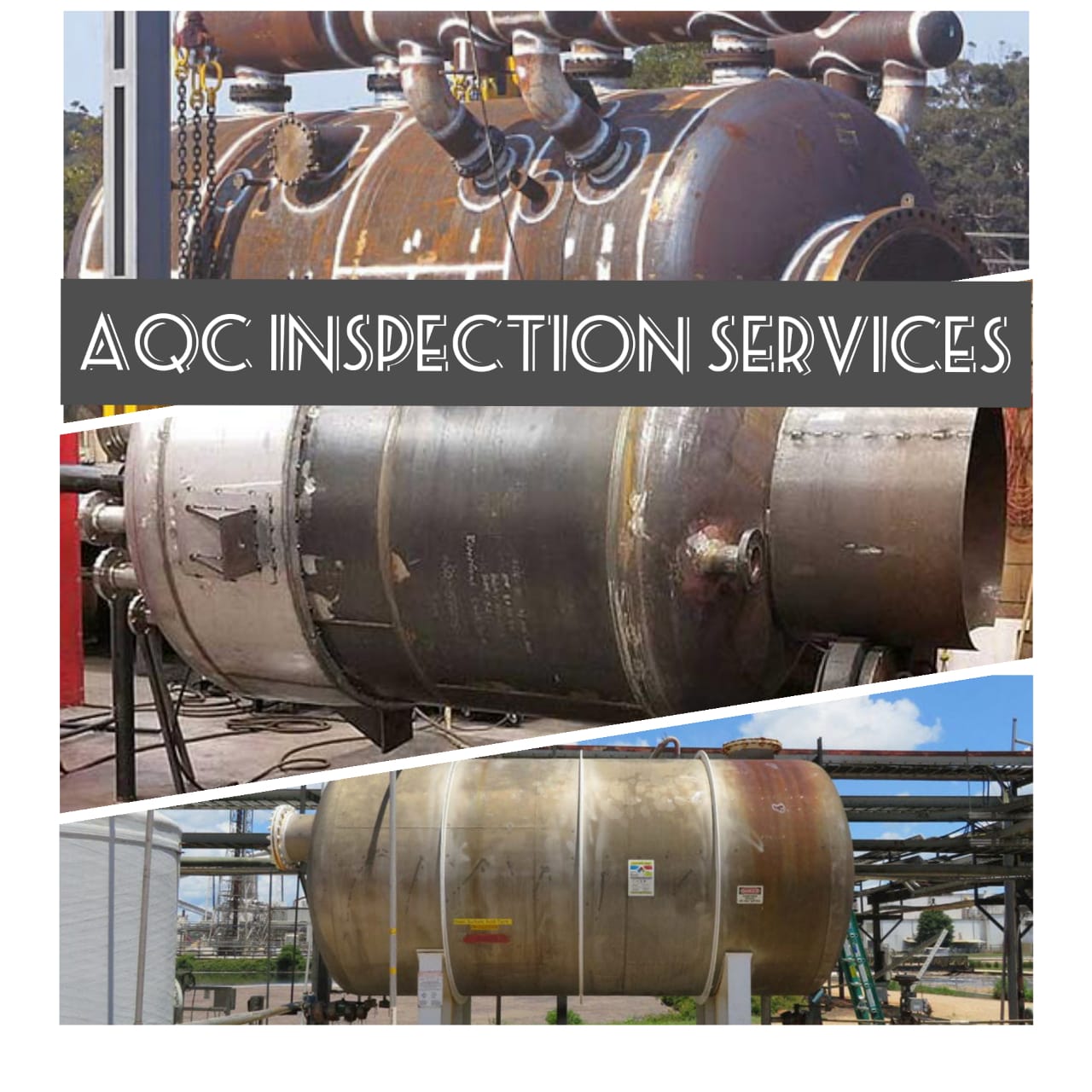Castings are obtained by process of pouring molten metal into a die or mold. The poured molten metal may be of any base metal such as cast iron, Steel with mixture of alloying elements, aluminium, bronze, Copper or mixture of base metals.
The poured metal solidifies on cooling. During the solidification process there are many possible discontinuities that shall be formed which are called as defects. These defects are caused by many possible ways. Few of them are explained below as examples:
What are casting Defects and their causes?
Cold Shut – is caused when molten metal is poured over solidified metal
Hot Tear – occurs when there is unequal shrinkage between light and heavy sections
Shrinkage Cavities – usually caused by lack of enough molten metal to fill the space created by shrinkage, similar to pipe in the ingot
Micro Shrinkage – usually many small subsurface holes that appear at the gate of the casting, it can also occur when metal must flow from a thin section into a thicker section of a casting
Blow Holes – small holes at the surface of the casting caused by gas which comes from the mold itself
Porosity – is caused by entrapped gas, porosity is usually subsurface but can occur on the surface depending on the design of the mold.
And lot more casting defects which shall be discussed in detail in next blogs or visit https://aqcinspection.com/

What are NDT methods for Castings?
The suitable NDT methods for the castings depends upon the type of defects that are to be found.
Surface subsurface or internal defects, however it is essential to clearly inspect for discontinuities at all the three locations. The suitable NDT techniques for type of defects are given below. For basic understanding only general NDT methods are discussed in this blog;
Surface Defects – Visual Test VT + Liquid Penetrant Test PT / Magnetic Particle Testing MT with alternating current
Sub-surface Defects – Magnetic Particle Testing MT with Direct current / Radiography RT
Internal Defects – Ultrasonic Testing UT / Radiography RT
Note 1: Ultrasonic Testing by conventional methods will not detect Surface and sub surface discontinuities.
Note 2 : If the metal is not having magnetic permeability then MT is replaced by Eddy Current testing .
The same Nondestructive methods have different sensitivity level with few changes in them such as the chemical grain sizes, Sound frequency and many other factors. So selection of the factors affecting the sensitivity depends on the size of defects to be found. The size of defects to be found depends on the critical factor and design criteria. The designer shall decide the maximum size of defect that can be accepted considering the factors, design pressure and design wall thickness along with safety factor .
Or try to call for ‘Best NDT Technicians in Coimbatore’ and ‘Best NDT engineers near me’ to show them the drawing and design factors to select the appropriate NDT methods for finding out the defects, we can help you assisting such services find us in https://aqcinspection.com/non-destructive-testing/ we can train your employees for inspection or send you manpower and equipment for doing the inspections. You can view our blogs on NDT on https://ndtcenter.blogspot.com